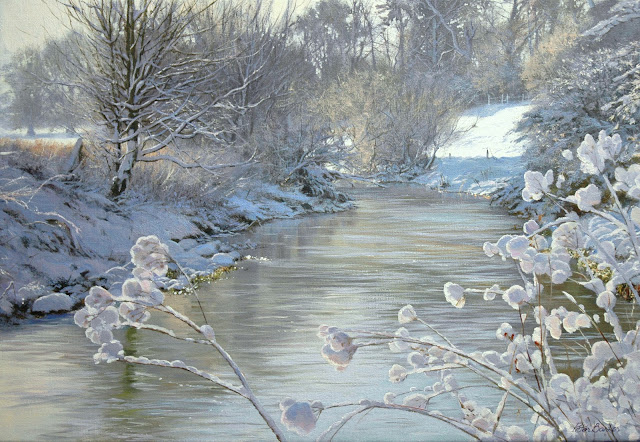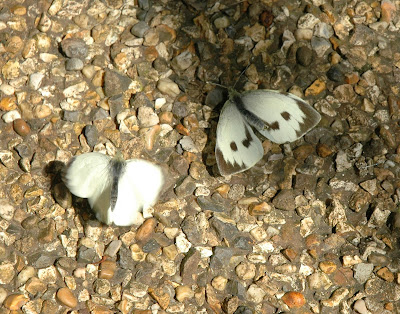Today we went to see a certain Master Oliver Beak at the Rutland Owl & Falconry Centre. Regular readers of my Blog will remember that Ollie, the Little Owl, has been at the Centre for 6 weeks after I found him sitting in the road near just outside my village, very weak and underweight.
He was not able to grasp properly with one of his talons and that was most likely why he was in such a weakened state when I came upon him, because he couldn't catch his prey with a non-functioning foot. The staff were not sure if he would ever be fit, and wild enough, to be set free. Owls can imprint themselves on to humans very quickly, especially when young, which Ollie was. However he has been growing in strength since with the expert care he's been receiving, and has recovered full use of his poorly talon.
I was hoping to get some photos of him today, but, wouldn't you know it, two days ago, he was starting to go crazy in his enclosure, and the decision was made (largely by himself) to release him, so we missed him! The photo above is not of Ollie, but another of the tame Little Owls at the Centre.
So, great news of our little fella, and he can still be seen around having not gone far yet, despite his freedom. He had become a firm favourite with the visitors and staff alike, and he had been affectionately named Tiny Tim. A happy end to the story!
He was not able to grasp properly with one of his talons and that was most likely why he was in such a weakened state when I came upon him, because he couldn't catch his prey with a non-functioning foot. The staff were not sure if he would ever be fit, and wild enough, to be set free. Owls can imprint themselves on to humans very quickly, especially when young, which Ollie was. However he has been growing in strength since with the expert care he's been receiving, and has recovered full use of his poorly talon.
I was hoping to get some photos of him today, but, wouldn't you know it, two days ago, he was starting to go crazy in his enclosure, and the decision was made (largely by himself) to release him, so we missed him! The photo above is not of Ollie, but another of the tame Little Owls at the Centre.
So, great news of our little fella, and he can still be seen around having not gone far yet, despite his freedom. He had become a firm favourite with the visitors and staff alike, and he had been affectionately named Tiny Tim. A happy end to the story!














